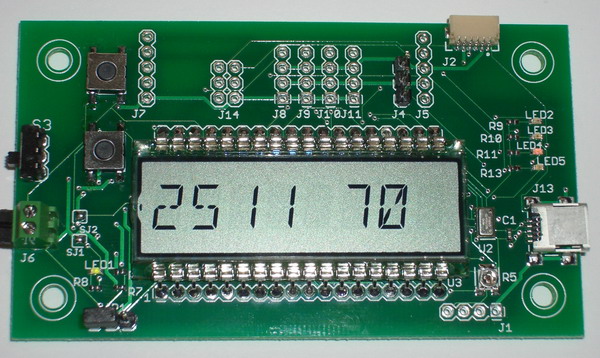Well, after two days of searching rough, steep terrain at the last reported coordinates for Daedalus 1, we've come up short. It's not where it's supposed to be, unless: A) it's stuck high in the treetops, which is quite possible in the spot it landed; or B) the coordinates it reported at the end are off. We've searched that area pretty extensively, but it's just not there. We don't think it could have been taken by someone, given how remote and difficult the area is.
It's hard to convey the disappointment after this much work and time and money have been spent on this project. This is a huge setback, but we haven't given up. We are assessing various options for trying to locate the craft.
The helpful people at PocketFinder are jumping in to help analyze the logs. Local property owners around the landing site have been great and are on the lookout. We do have a few more ideas to try to find it, but we are focusing on more technical analysis of the logs that may direct us back to another spot to search, or the help of the locals who are keeping an eye out for it. If that doesn't work, we have a few other ideas we'd move on to next. The story isn't over yet. Hopefully we will find it soon!
It's hard to convey the disappointment after this much work and time and money have been spent on this project. This is a huge setback, but we haven't given up. We are assessing various options for trying to locate the craft.
The helpful people at PocketFinder are jumping in to help analyze the logs. Local property owners around the landing site have been great and are on the lookout. We do have a few more ideas to try to find it, but we are focusing on more technical analysis of the logs that may direct us back to another spot to search, or the help of the locals who are keeping an eye out for it. If that doesn't work, we have a few other ideas we'd move on to next. The story isn't over yet. Hopefully we will find it soon!

















